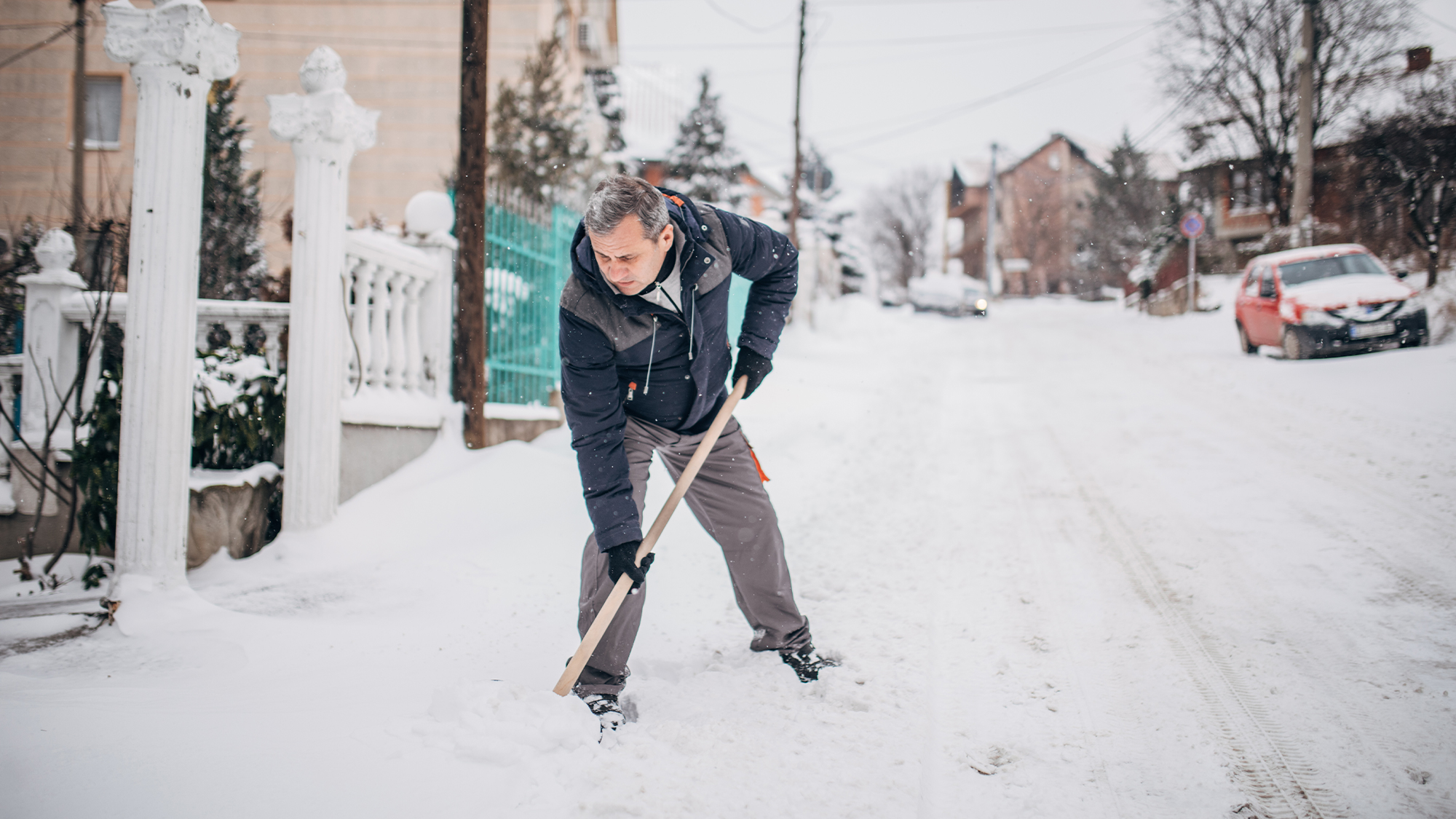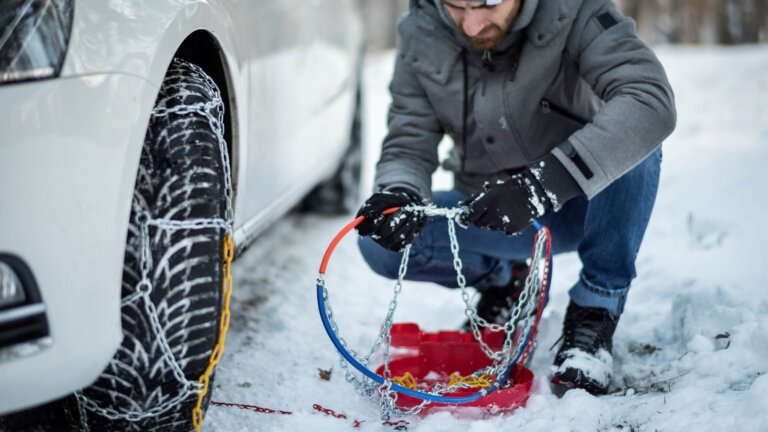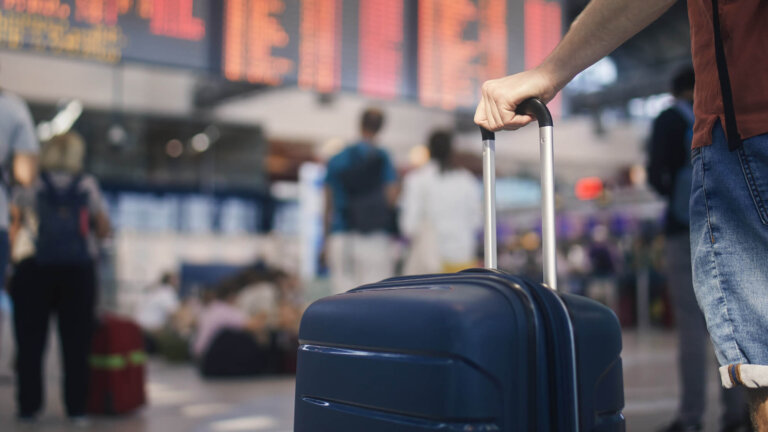The short answer is: yes, you do have to clear snow in front of your home. However, there are of course a number of provisos and exceptions to this rule. In this article, we remind you exactly what the law says and how best you can comply with it.

Who has to do what?
The law in the Grand Duchy requires all occupants (owners or tenants) to clear their pavements.
This is not only to remove snow, but also to prevent patches of ice, making it easier to walk and ensuring pedestrians are safe.
The rule to follow is “one metre width”. There must always be a clear walkway one metre wide all the way along your property, whether it is bordered by a full pavement or by a simple marked strip. This obligation applies to individuals and commercial premises alike.
All apartment building occupants are required to comply with this maintenance obligation. Shared ownership regulations for the property are sure to contain a “snow clearing” section detailing individual responsibilities. One of the inhabitants, in particular, may be appointed to handle the responsibility; alternatively, a rota system may be implemented, or the residents’ association may appoint a specialist company.
In practice: do’s and don’ts
Obviously, pouring water (even very hot water) is prohibited, as this will simply create an ice rink. Only salt is really effective. Kitchen salt works, but you’d be better off using road salt, which is coarser and much cheaper.
When should I put down salt?
Ideally, you should act pre-emptively and spread salt before frost comes. Note that the overuse of salt can have an impact on the environment (vegetation, groundwater, etc.), materials (concrete or blue stone), your shoes and the paws of dogs and cats.
What quantities?
No need to overdo it: allow 7-20 g of salt per square metre as a preventative measure, or 15-50 g to melt an existing ice patch. If you didn’t have a chance to spread salt before the frost or snowfall, the best thing is to clear the snow before applying salt. This will give better results, and use less salt.
Ask for help
If your health or age makes it difficult for you to clear snow, speak to your local commune. Some communes or associations organise a service to do it for you (for example, via a seasonal set package arrangement).
A quick tip
To remove snow faster, you can pre-dilute your salt in a little water to obtain a brine mixture, and add solid salt to it just before spreading.
What are the penalties for non-compliance?
If you do not take due care to clear snow from your pavement, you risk incurring a fine of between 25 and 250 euros from the commune.
In addition, if an accident were to occur, you would soon be held liable. The victim would be entitled to lodge a formal complaint and claim compensation. Third-party liability insurance (which is required in any case) would not necessarily cover you if you had not taken the necessary measures to prevent your pavement from being slippery.
Common sense and an organised approach
The legal requirement to clear your pavement does not mean taking time off work, monitoring the weather round the clock or shovelling non-stop during constant winter blizzards. What is expected is more of a “best efforts” approach than a specific result. For example, common sense would require you to clear the pavement before you go to work and when you come home again.
In addition to common sense, good faith is also taken into account when interpreting this snow clearance requirement. If all your neighbours have cleared their pavements, you could hardly claim that the weather conditions caught you by surprise.
If your working hours prevent you from fulfilling your snow removal obligation, your best option is to seek advice from your local commune to understand what they require, and what services they can suggest in this respect. You could also consider swapping services with your neighbours or organising a rota system. Sometimes, good citizenship and safety can go hand in hand with fun!



